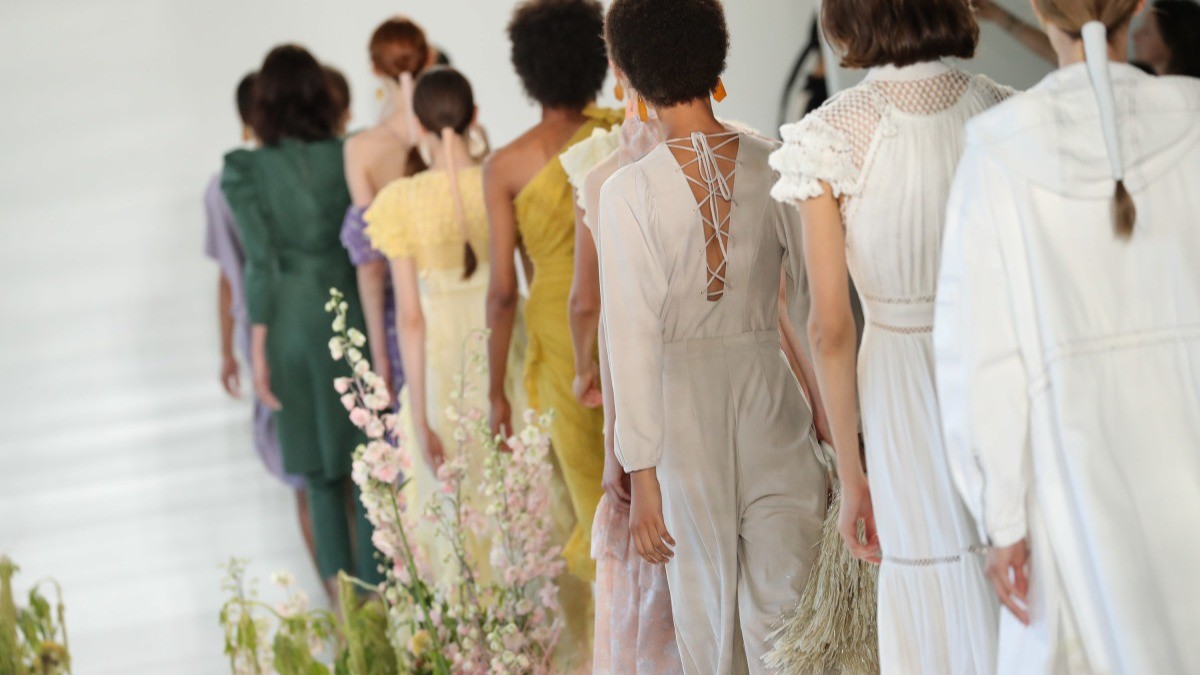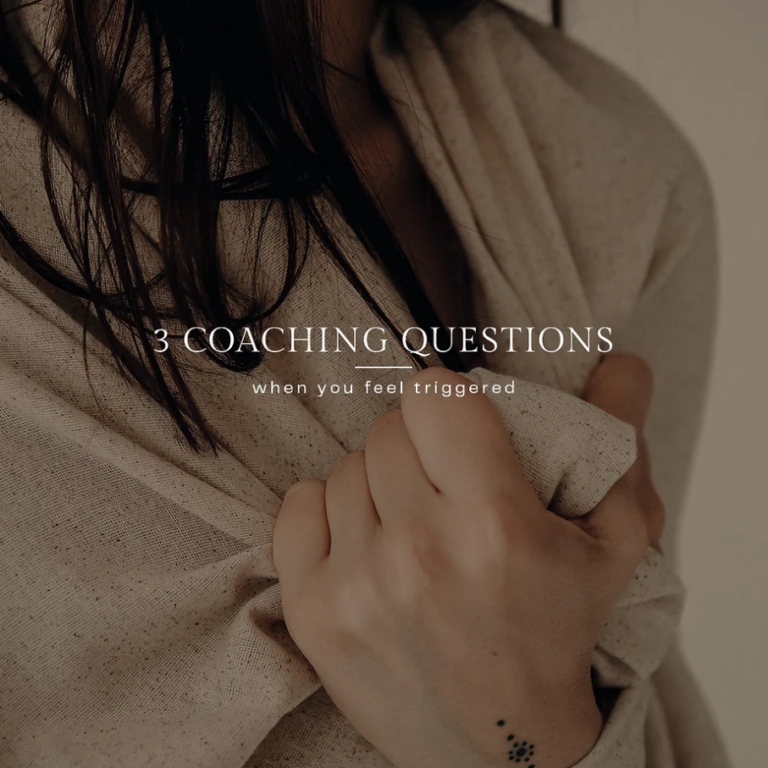The Disappearance of Sustainable, Women-Owned Fashion Brands: Why This Matters More Than Ever
Image courtesy: Fashionista.com
Lately, the fashion world has been rocked by a wave of closures among sustainable, women-owned brands, and, to me, it looks like it’s more than just a bump in the road. This trend shines a spotlight on the uphill battle women entrepreneurs in fashion face, especially those committed to ethical and eco-conscious practices.
We’ve seen some heartbreaking closures recently.

Mara Hoffman via Instagram.
Mara Hoffman, a visionary in sustainable luxury fashion, has shut down her brand after a 24-year run (archival collections can be scooped up here). Ilana Kohn announced in September that, after a 15-year-long run, the current collection will be her final. Here in Portland, both Jennifer Diana and Elizabeth LeMay closed their Portland-based independent production and sustainable product development studios earlier this year. These aren’t isolated events—they’re part of a larger, troubling movement affecting especially sustainable, women-led businesses around the globe.
So, what’s really going on here?
The challenges women face in fashion aren’t new, but they’re being magnified in the sustainable sector. Maybe it has something to do with women, historically being the nurturers, who are pioneers in the sustainability sector in an industry where profits still outweigh the other two ‘P’s: People and Planet.
Women make up the majority of fashion consumers and represent 80% of garment workers, yet hold only around 14% of leadership positions in major fashion companies.
Let that sink in.
The very people driving this industry from the bottom up are vastly underrepresented at the top. This imbalance in power and decision-making is a huge barrier for women entrepreneurs trying to carve out space in the market—especially those pioneering sustainable fashion.
The pressure is even greater in the ethical fashion space. Consumers are becoming more conscious—30% are now actively looking for sustainable options. Yet, the cost of doing things the right way—ethical production, sustainable materials—puts a serious strain on profitability.
Add to that the lingering impacts of the pandemic and current economic uncertainty, and it’s no surprise that many brands are struggling to keep their doors open.
It’s clear that we can’t afford to ignore this any longer. If we want a fashion industry that embraces sustainability and gender equality, some things gotta give.
That could mean supporting women-owned businesses, or pushing for gender balance in leadership, and creating a marketplace where sustainability isn’t just a buzzword but a values standard.
But hey, I know that we won’t change the world by shaming and blaming. I’ve been saying that the sustainability movement has horribly failed since our global consumption has increased 400% since the early 2000s.
In my opinion, as an industry, we can take two avenues, knowing that we cannot change consumer behavior – we have to design into them. So:
- Quit the obsession with longevity and how long a garment has to last. Nobody buys anything to pass it down to the next generation. Quite the opposite: Current statistics claim that 64% of everything that’s being produced lands in the trash without ever being worn. Plus, each garment is only worn, on average, 7 times. Ian Peterman, IDSA stresses, what if we design with the end in mind and quit our dependency on petroleum-based plastic polyesters that take 200+ years to biodegrade and make fabrics that take weeks or months to degrade?
- As a Brand, understand that your future depends on your ability to innovate and do better for all three of the Ps (Profit, People, Planet). If you want to keep making and selling more, you have a responsibility, or you’ll leave a legacy that’ll ruin your profits in the end.
I see this exodus as the canary in the coal mine. It’s not just about saving a few brands—it’s about reimagining an industry that values the planet, the people, and not just the profits.
Please share with me your favorite brands that are making a difference (no matter the gender at the top). And yes, I do know that Patagonia is a good example of a company that’s been able to combine the three Ps.
Who else?
I’d love to compile a resource list.
Sources:
Drapers Investigates: The gender imbalance at the top of fashion retail.
The New York Times: Bidding Farewell to a Beloved New York Clothing Line
Forbes: How Female Founders in Fashion are Increasingly Making Their Mark






